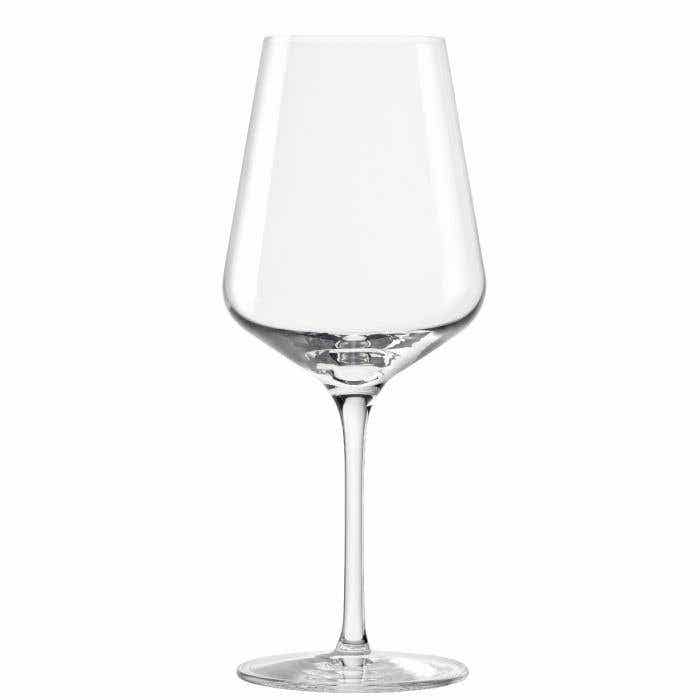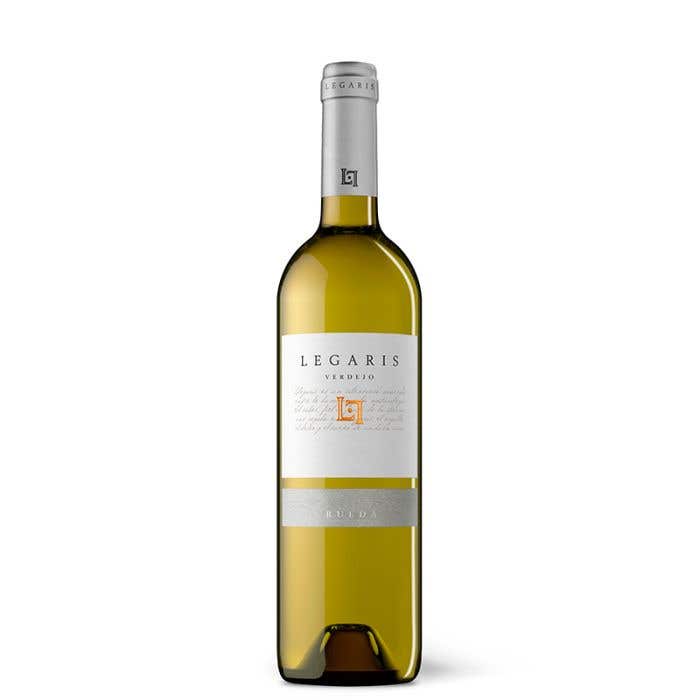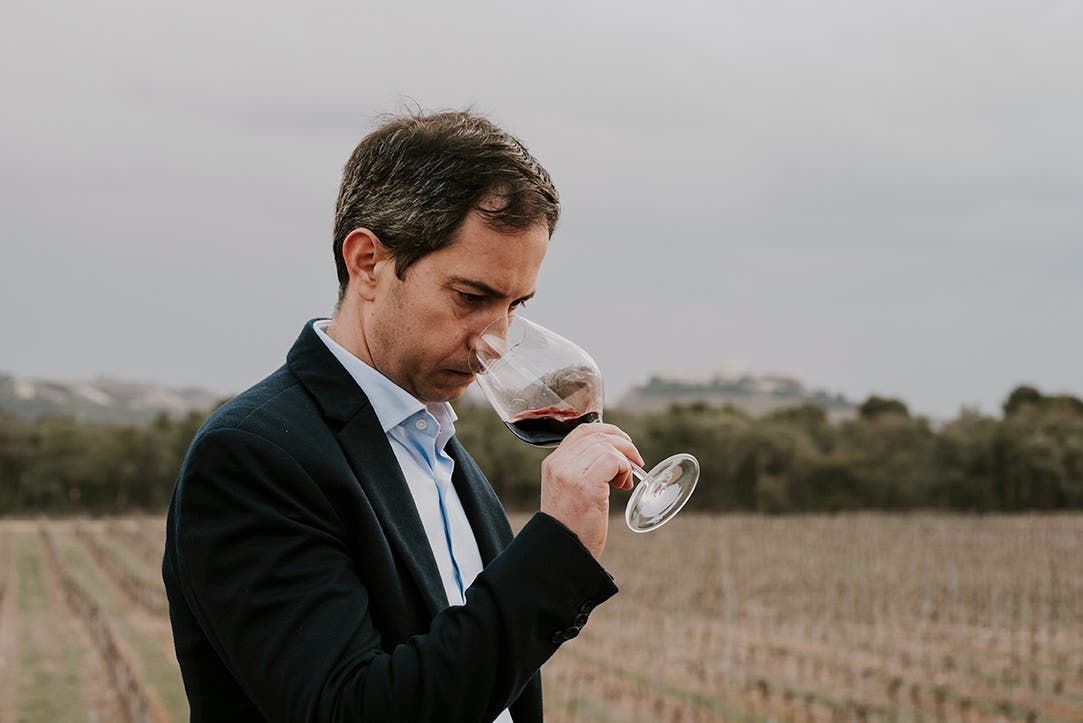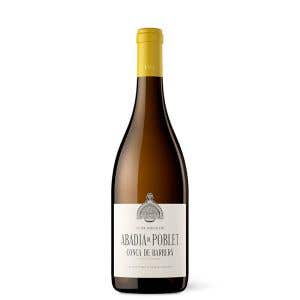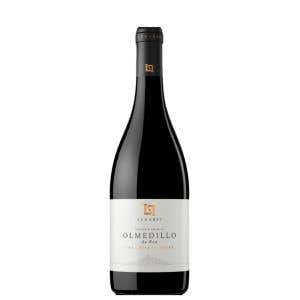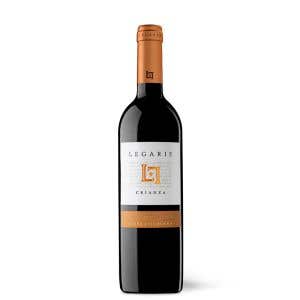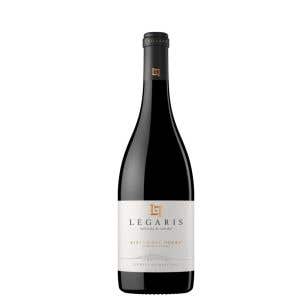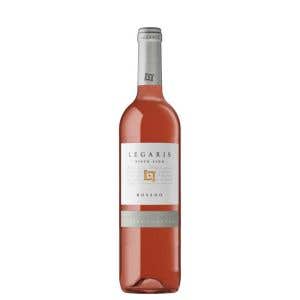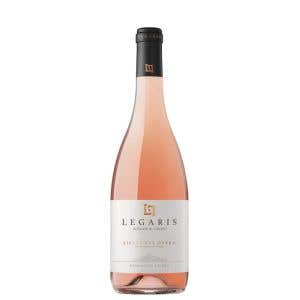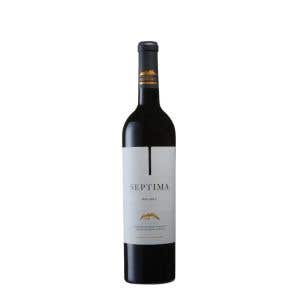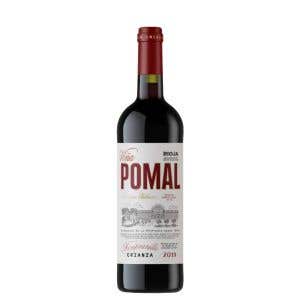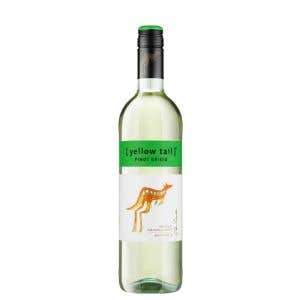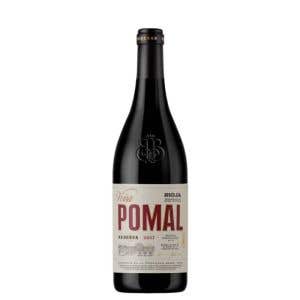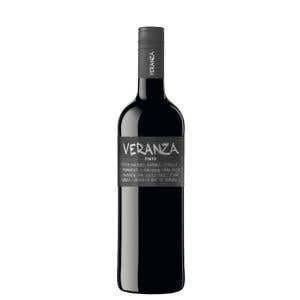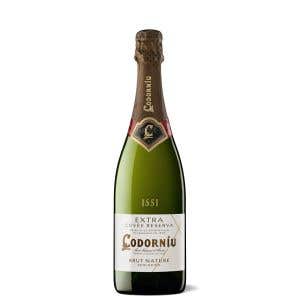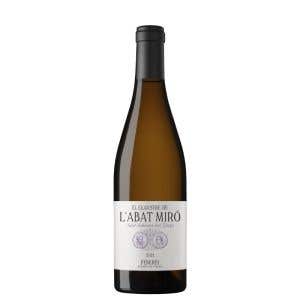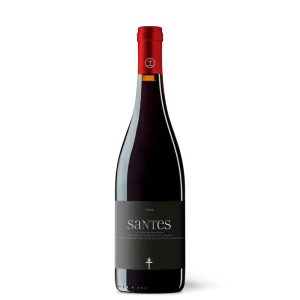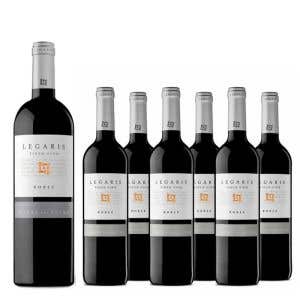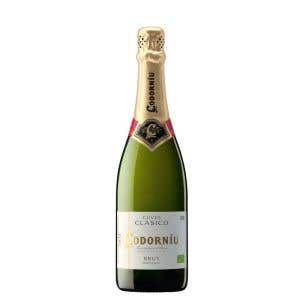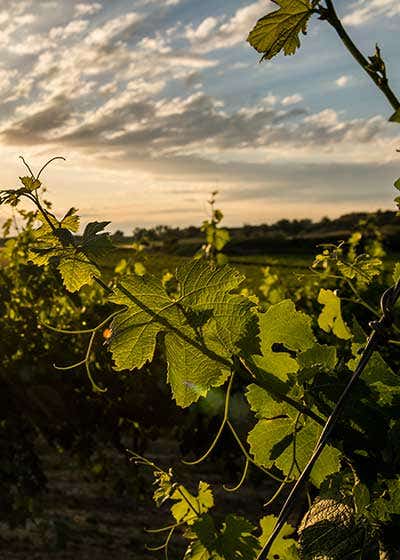

Legaris Verdejo represents the winery's first foray into D.O. Rueda. Launched in 2010, the very first vintage of this youthful and modern white wine won a gold medal in the New Wave Spanish Wine Awards. Its explosively aromatic nose of white fruit and citrus and its floral elegance will captivate you on the nose. The flavours are amplified on the palate, leaving the bitter finish that is typical of the variety. It is a very good choice to enjoy with salad, fish, rice or pasta dishes. You won't be disappointed.
Awards
Nose
A wine that is intense on the nose, with a floral bouquet and notes of white fruit intermingled with faint herbal hints.
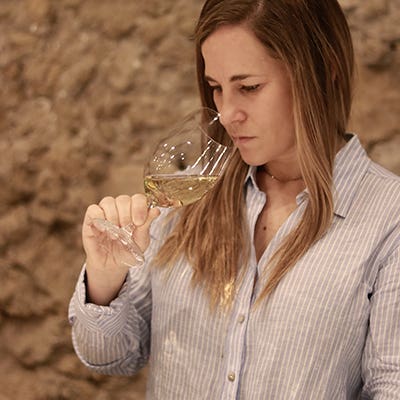

Palate
Lots of body on the palate with along finish and the characteristic bitter aftertaste of the Verdejo varietal.
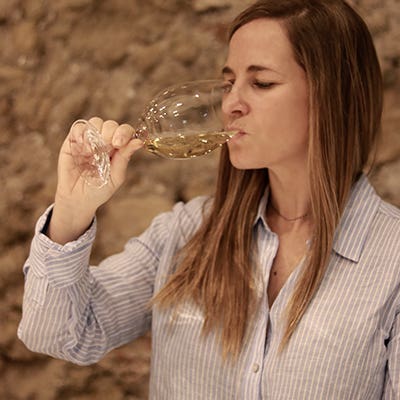

Varieties and Analysis
Yes
Contains sulfites13%
Alcohol volume (%)D.O. Rueda
Designation of OriginVerdejo
Variety/CoupageWhite wine
ProductYes
Suitable for vegansThe Winery


Legaris is one of the D.O. Ribera del Duero's flagship wineries. An innovative winery, it offers boutique, artisan wines made in a modern way. Legaris lies in a privileged location, enjoying the D.O. Ribera del Duero's unique and exclusive climate. The origin of its wines, the great wealth and variety of its soils, high quality raw materials and very careful winemaking combine to ensure that the wines from Legaris express and extol the unique character of the area.
Elaboration - Vinification
The trellised vines were mechanically harvested by night and the goblet vines were harvested by hand during the day.
The trellised vines were mechanically harvested by night and the goblet vines were harvested by hand during the day. The grapes were received in the hopper, destemmed and lightly crushed, the skins were then macerated in the press for 2 to 4 hours before pressing.This was followed by static clarification andalcoholic fermentation at a controlled temperature (14 ºC) with selected yeasts. The wine was then racked and left in its lees for 2 months. It did notunder go malolactic fermentation or aging in barrels. It then underwent final clarification, cold stabilisation and filtering to ensure optimum stability and presentation.


Vineyard - Viticulture
The most characteristic soils are the “cascajos”: greyish brown, gravelly soils that are well ventilated and well drained.
The controlled vine plot surface area covers 2,100 hectares supplied by around 300 grape suppliers. Most of these vineyards lie within the Rueda, Serrada and La Seca municipalities in Valladolid province, bordering with Segovia province.The vineyards are located 700 to 800 metres above sea level. The most characteristic soils are the“cascajos”: greyish brown, gravelly soils that are well ventilated and well drained. The traditional vine training system consists of goblet vines whereas all the vine stock planted in recent years is trellised.

